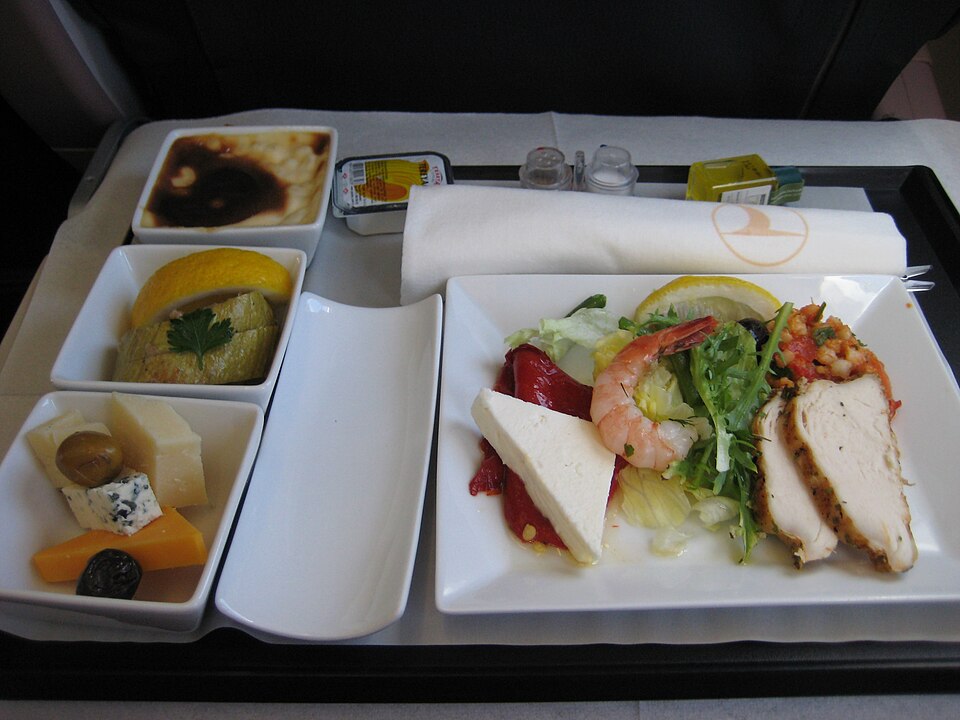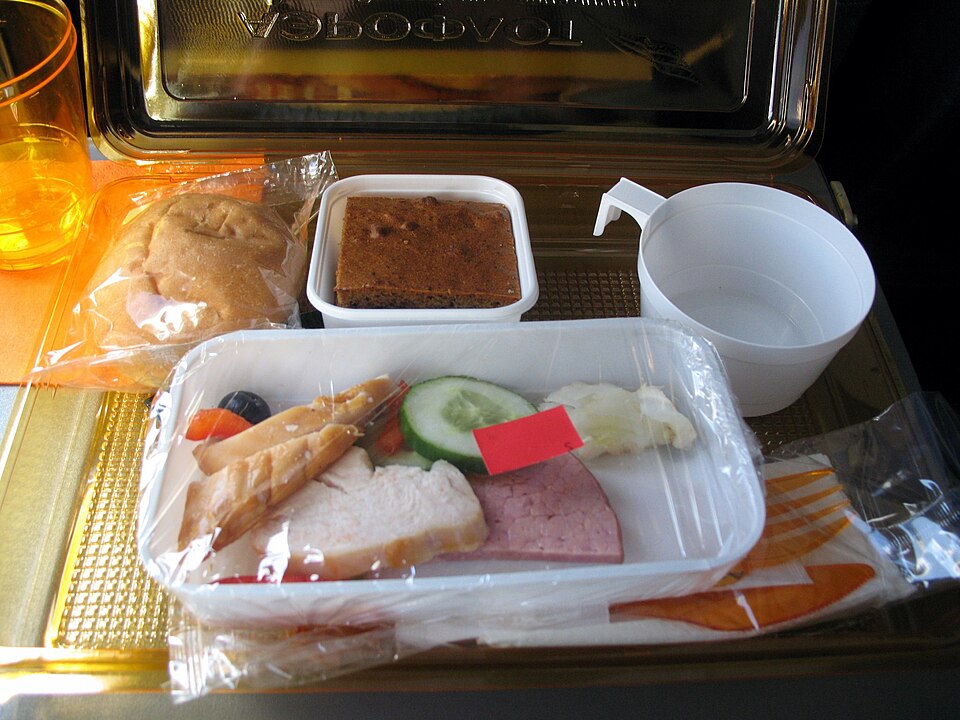Let’s face it, the image of a pilot enjoying a gourmet meal while effortlessly gliding through the sky is the stuff aviation dreams are made of. The question on everyone’s mind: do pilots get to partake in the culinary delights of in-flight dining, or are they stuck with the same questionable chicken or fish that leaves the rest of us wondering if we should have packed a sandwich? I’ve always wondered, since I remember the days when pilots ate the same food we did: a plastic container with a strange meat loaf, and a side of questionable mashed potatoes. And the desert of an equally strange and inedible piece of cake.
The good news for those with visions of pilots feasting on miniature beef Wellingtons is, in many cases, yes. Most major airlines, particularly on those long-haul transoceanic runs provide meals for their hard-working pilots. Picture this: while you’re battling for elbow room with a passenger sporting a questionable choice of socks, the flight crew are often ensconced in their designated crew rest areas, chowing down in relative peace. The modern cockpit, as you might suspect, also has tray tables – though I’m not sure if these are as well-stocked as the ones in the premium cabins. They might have just a few things like a snack and coffee, but in many cases, they have premium food.

According to industry experts, it’s a whole catering process. FoodStorm (not to be confused with some superhero flick) ensures that special meals are placed in strategic locations on the aircraft, ready for the cabin crew to distribute. Food safety is paramount, so there are strict rules about how long the victuals are viable. Pilots often get the leftovers from premium cabins, which I think is a great way to be fed well, and reduce waste. As a side benefit, many pilots are provided with a per diem, a tax-exempt allowance to cover meals and expenses, in addition to their hourly wage. So while you’re stuck in your seat on the tarmac, at least the pilots can afford to order a nice salad, and you can’t.
But let’s dive a little deeper, shall we? I asked my old friend, Captain Reginald “Altitude” Heights, Chief Catering Consultant for the fictional Institute of Air & Appetites (IAA), for his expert opinion. “Well, Skywit,” he drawled, adjusting his aviator glasses, “it’s all about maintaining operational efficiency. A well-fed pilot is a happy pilot, and a happy pilot is less likely to make a mid-flight coffee run at 30,000 feet. Besides, someone has to taste-test the airline’s cuisine, right?” A valid point, I’d say.
The catering game is a serious one, even down to the type of cutlery, as some of the most prestigious airlines make in-flight dining a signature experience. And I’ll be honest here, some of those meals can be delicious. The premium airlines are where it’s at: multi-course meals, local specialties, the works. It’s a whole different world compared to what you get in economy, or what the pilots got years ago. My other friend, Dr. Amelia “Turbulence” Tremor, a Culinary Aeronautical Scientist, chimed in: “Remember that your sense of taste is altered at altitude, and the food has to be extra tasty, even with the low-pressure and dry air of the cabin.” This means extra seasoning, even on the pilot’s meals.
So, the next time you are looking jealously at a pilot as they stroll up to get a snack, know that there are worse things. And that pilot might be eating a better meal than you are. In the end, it is a good reminder that in aviation, even the simple act of eating becomes an exercise in precision and regulations. And as the saying goes, happy landings, and bon appétit, to all who fly, and fly well.


